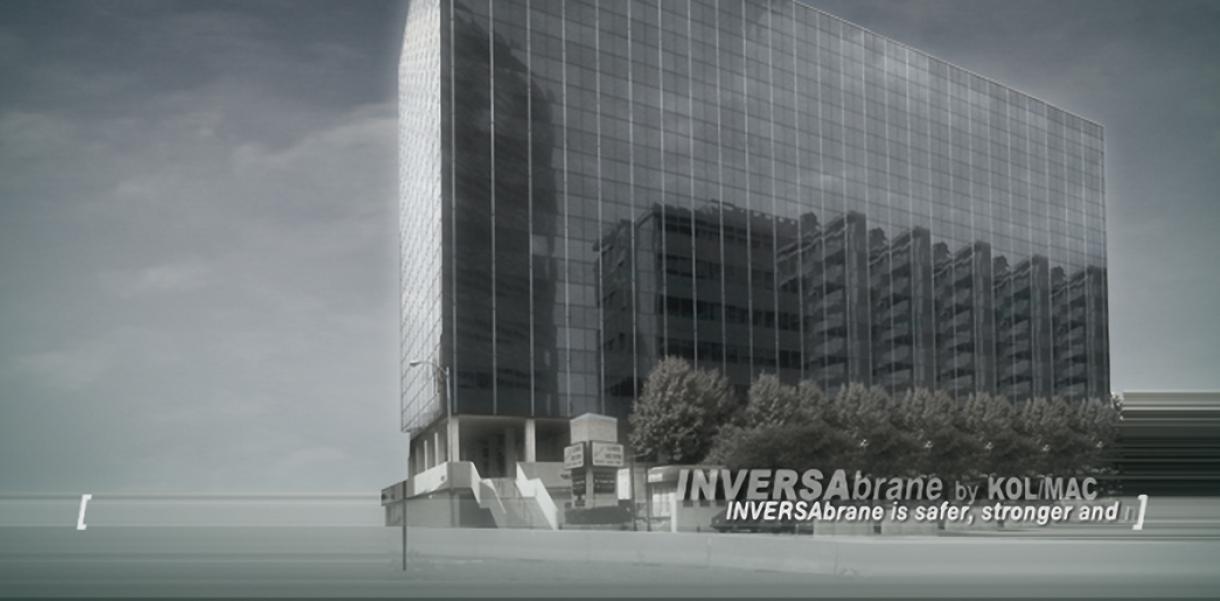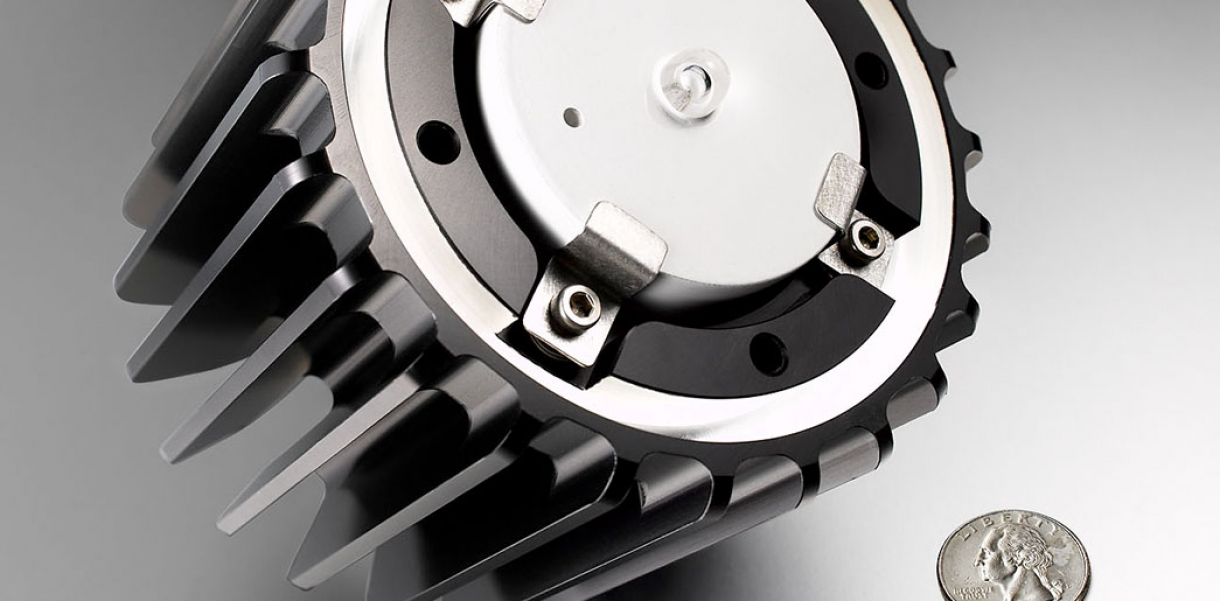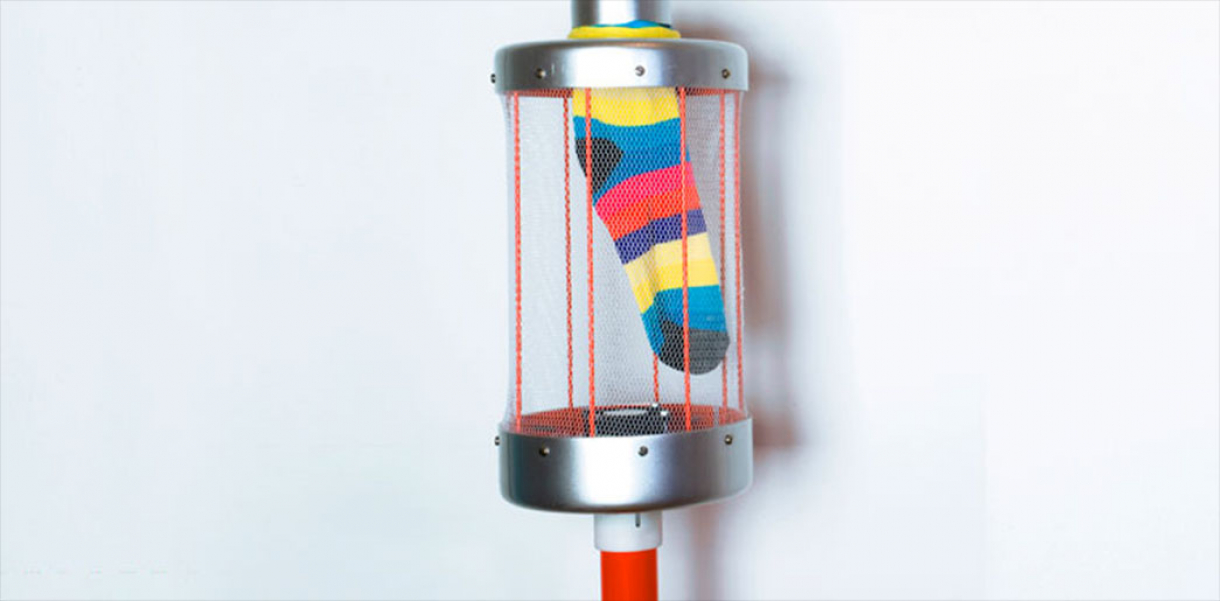“Buildings need protection too,” says Sulan Kolatan and Bill MacDonald, the founders of KOL/MAC LLC, the New York-based architecture and design firm behind the INVERSAbrane.
The INVERSAbrane is a building membrane for the 21st century, creating a greater environmental connection between the interior and exterior of a building. The technology is a significant step in the integration of architecture and biotechnology because the holes – or building skin – incorporate water, air and solar collection, filtration and distribution systems.
A 2005 prototype of INVERSAbrane was included in an exhibition ‘SAFE: Design Takes on Risk’ at the Museum of Modern Art in New York. INVERSAbrane “is made of a very hard, sturdy and resilient material called Corian, a material you might already be familiar with because it’s used in kitchen counters all over the world,” says Curator Paola Antonelli. “The way the façade of a building, either originally built or retrofitted with an INVERSAbrane skin, is can dissipate strong winds, for instance, or sunlight or even bomb blasts.”
While security issues were the main topic in Antonelli’s exhibition, a building’s ecological life and INVERSAbrane’s potential to build in sustainability for energy use may be the factors that get it its first key trials in application.
“We thought the exterior skin of the building might operate as a sort of metabolism,” Kolatan explains. “And we thought about how it could cover energy functions of the building, how air and light exposure could be harvested in a productive way for the building.”
Designed by
Sulan Kolatan (design principal), William Mac Donald (design principal), Theo Calvin (senior designer), Chris Whitelaw (project manager) - New York, United States
Website
www.kolmacllc.com




